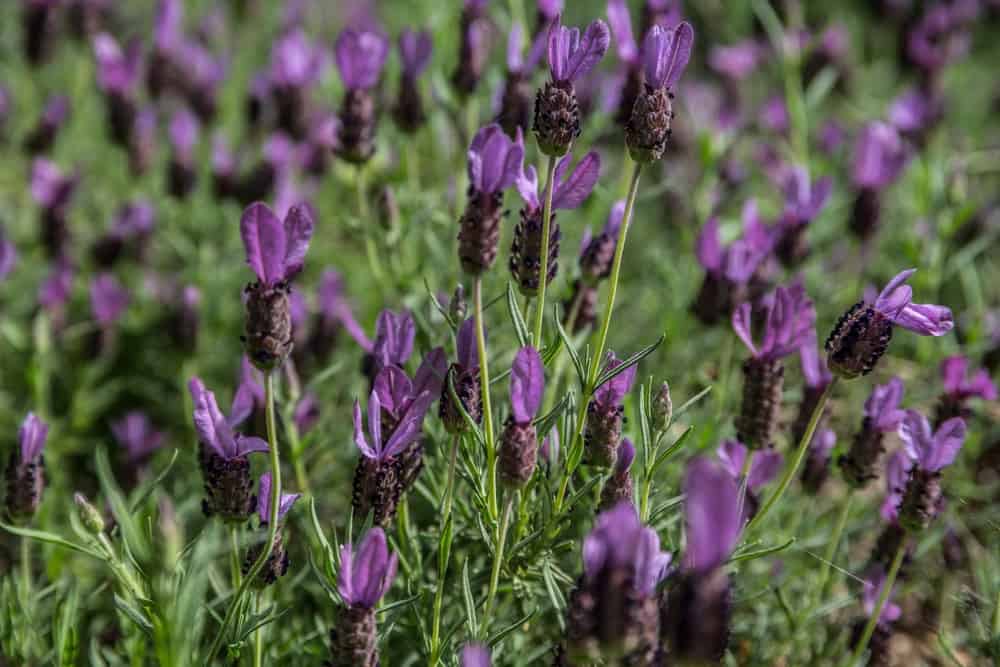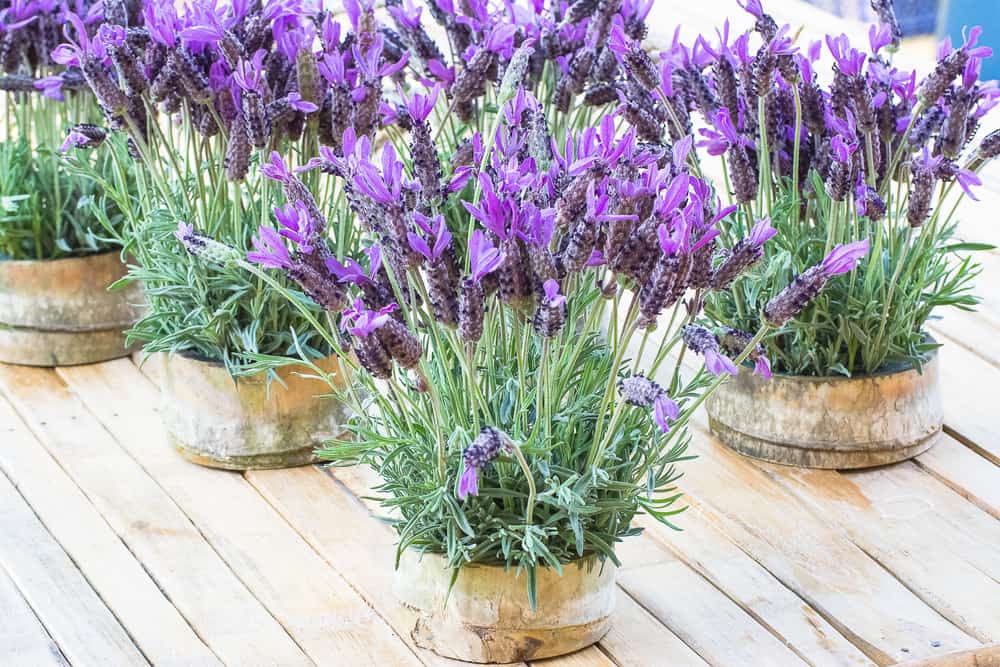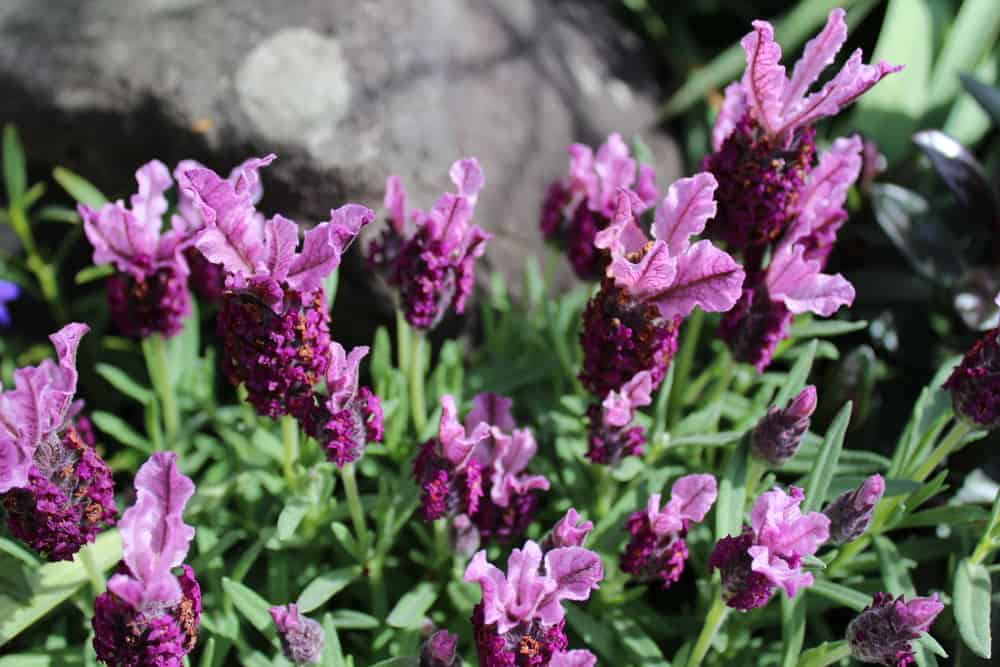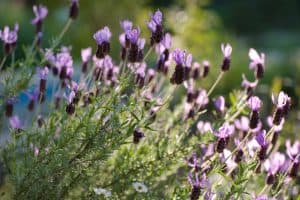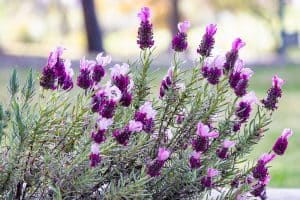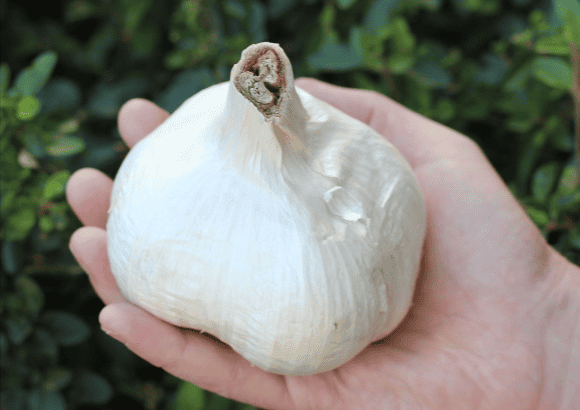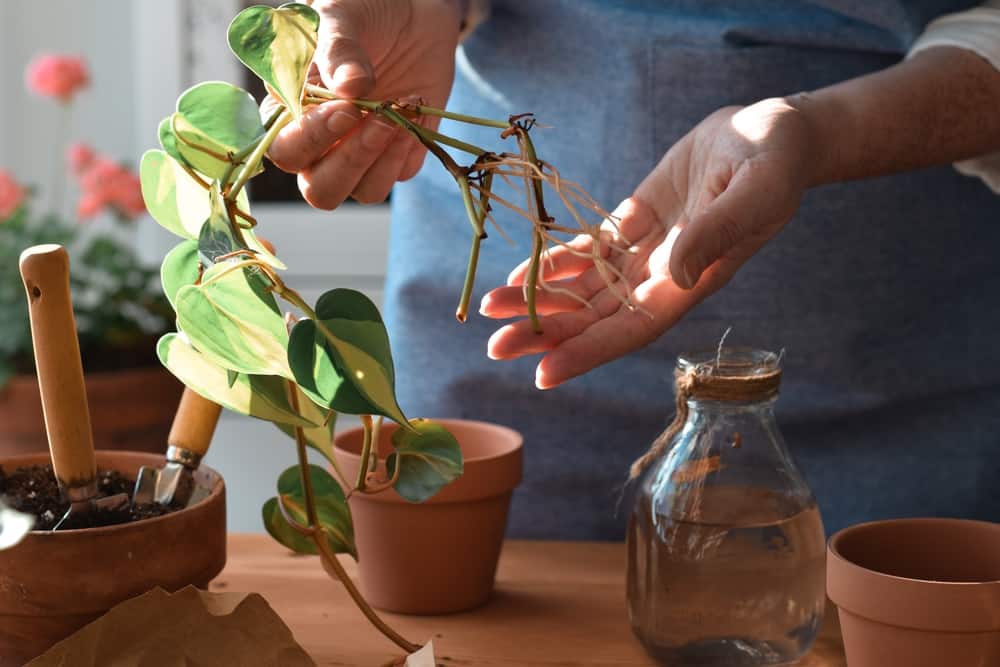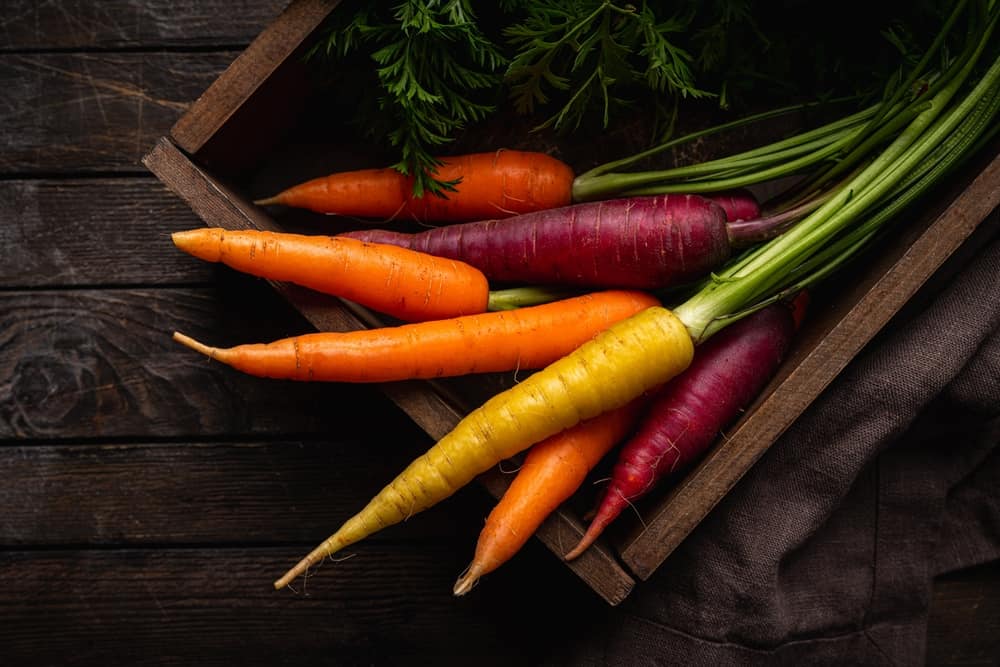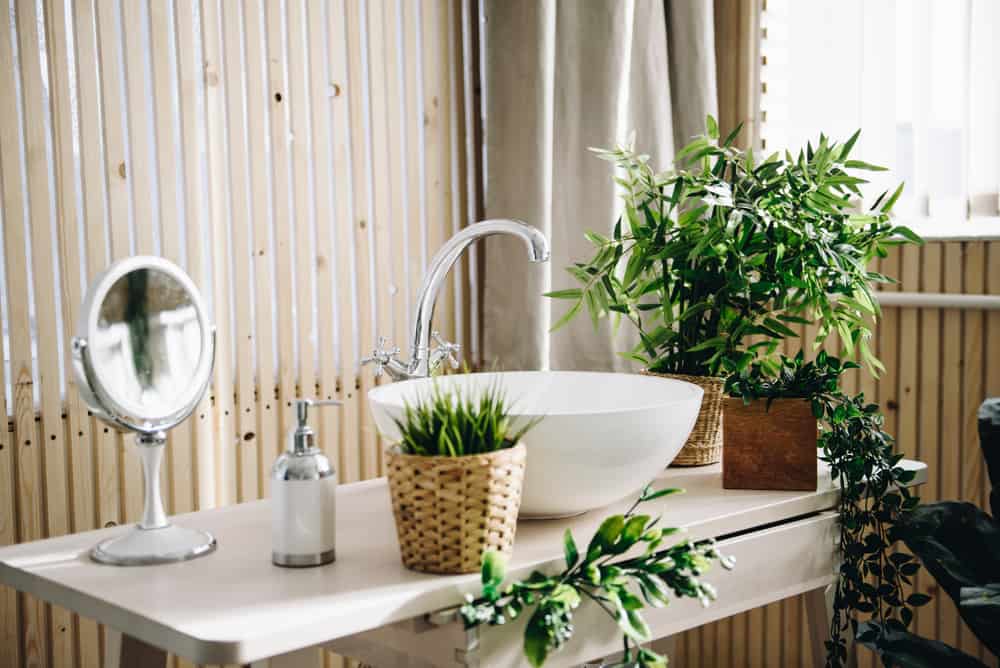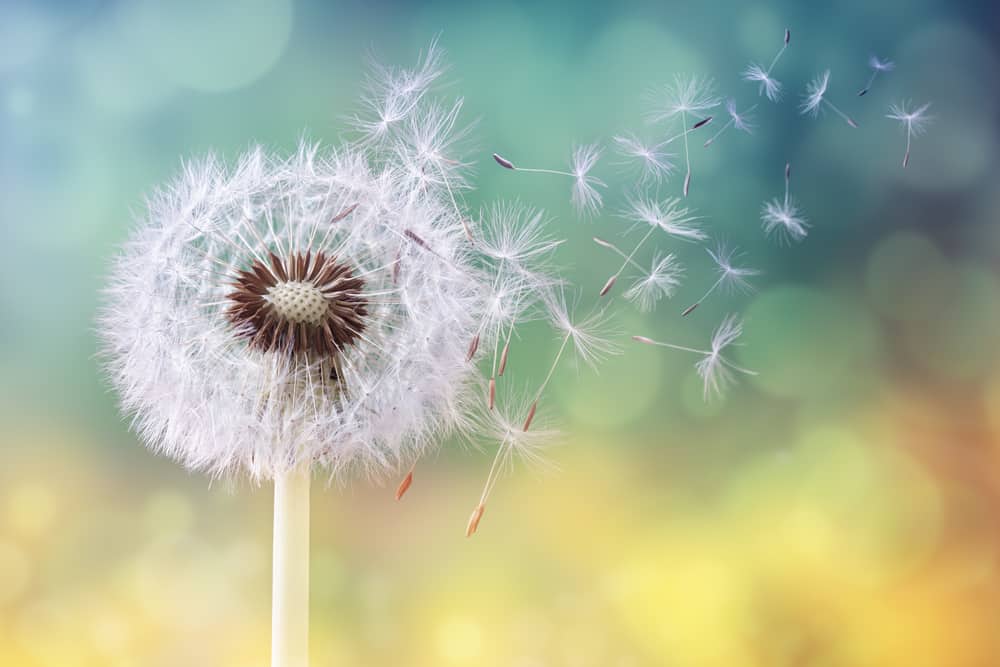Page Contents:
What is Spanish Lavender?
Spanish lavender is a distinct, fragrant shrub that grows low to the ground. It has pink, white, or purple flowers that bloom on the tallest point of the plant.
This makes the plant very recognizable, as these upwards-pointing petals give the impression of “rabbit ears.”
For this reason, it is also known as butterfly lavender.
Here is a quick primer about the lesser-known plant that could be the next staple in your at-home garden.
It’s low-maintenance and is known for attracting key pollinators to your garden.
Spanish Lavender Care
Spanish lavender is relatively easy to care for and is a great option for beginners in gardening. Hardy plants, both indoor and outdoor, make for good introductions to plant care.
Spanish lavender plants thrive in sandy soil that contains rocks or gravel and facilitates draining. They don’t need too much water and are drought-resistant.
They love full sun outdoors and warm temperatures, even significant heat. On the other hand, too low of temperatures will cause them to wilt, and too much water can drown them.
You can use mulch to insulate your plant from too much water and cold temperatures. If temperatures in your climate drop below 10 degrees Fahrenheit, you should bring your lavender inside.
During colder months, you may want to set up a small shelter for the shrub to protect it from cold winds.
You should also keep in mind that Fertilizer is not necessary for these plants to grow and bloom successfully.
Instead, you can prune the plant to encourage its growth. Pruning is the practice of trimming a plant’s branches to enable it to come back thicker and healthier with more flowers.
For a Spanish lavender plant, you should prune about a 3rd of the branches a few weeks after the first set of blossoms flower.
Any flowers that you remove can be harvested for use.
Spanish lavender can also be propagated using stripped trimmings and placing them in water or moist soil. This technique is a common way to produce more plants.
What Are the Uses of Spanish Lavender?
Spanish lavender is known for its fragrant and relaxing scent.
It can be made into an oil that can be added to lotions, candles, and other fragrance media, or the flower and stems can be placed throughout a room or home to add a beautiful aroma.
They can be placed in vases as fresh bouquets, or braided together and dried for long-term use.
Some people place these in strategic locations around their homes, like on a coffee table or nightstand, or they put them directly into a bathtub or shower for a unique and spa-like experience.
In the kitchen, lavender can be a herbaceous and complex flavor that you can add to baked goods and mixed drinks. You can make a syrup out of it by concentrating the lavender flavor in a fairly simple process.
Some people make lattes or cocktails with this syrup. You can even add the flower or stem directly as a creative and unique garnish to a drink or cake to elevate your hosting skills.
How to Grow Spanish Lavender From Seed
Like many seeds, Spanish lavender seeds do well when started indoors in a cool environment and moist soil.
Once seedlings appear, keep them indoors but make sure they have access to adequate sunlight. Window sills with unobstructed sunlight facing east or west are ideal.
After a couple of weeks, the seedlings will be large enough to transfer to a more permanent pot or a spot in an outdoor garden.
Does Spanish Lavender Come Back Every Year?
Spanish lavender is a perennial plant, meaning that unless otherwise interrupted, it will regrow itself after the winter and bloom again each year.
As long as no changes in environmental conditions threaten the plant, it will come back without fail. This makes it a great low-maintenance member of your garden.
What Is The Difference Between Lavender and Spanish Lavender?
The term lavender is an umbrella term for many varieties of the same plant that vary in phenotype. Spanish lavender is one of about 40 total lavender varieties.
When you think of lavender, the plant that you are most likely thinking of is English lavender, which is very common and recognizable to the average individual. It is light purple in color and has multiple, small petals that extend from the leaves to the end of its stems.
The signature scent of English lavender is very similar to that of Spanish lavender.
If you’re trying to decide which variety of lavender to choose for your garden, it’s likely to come down to the environmental conditions, as English lavender has different needs than Spanish lavender.
Spanish Lavender Care Indoors
As the sections above covered, Spanish lavender thrives in sunny, warm environments and well-draining soil. As long as you can replicate these conditions inside your home, you should have no issue caring for a Spanish lavender shrub indoors.
However, it can be difficult to accomplish those conditions exactly to the plant’s liking.
If you want to grow lavender indoors, you may have more luck with French lavender, another variety that does better with cooler temperatures and less sun.
